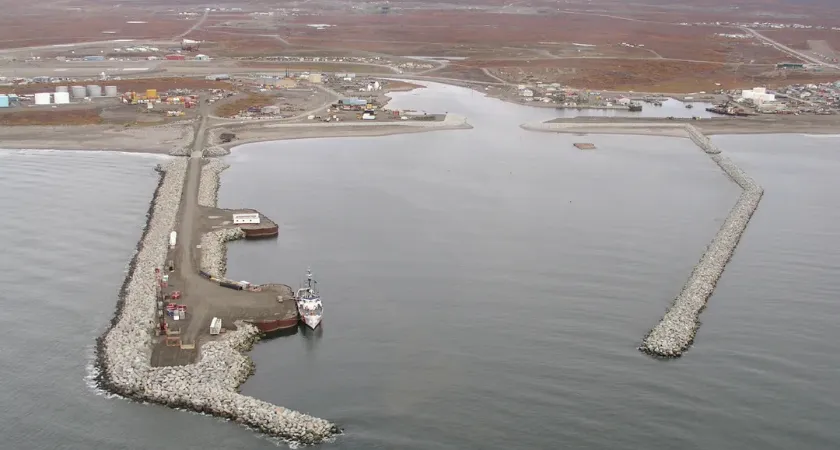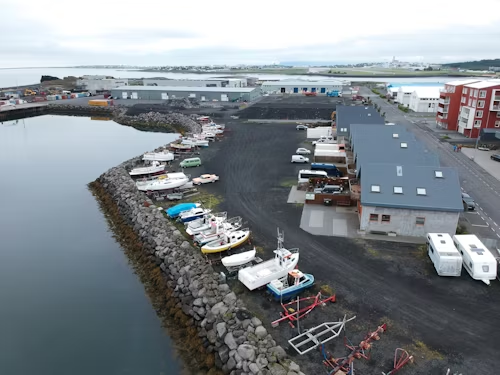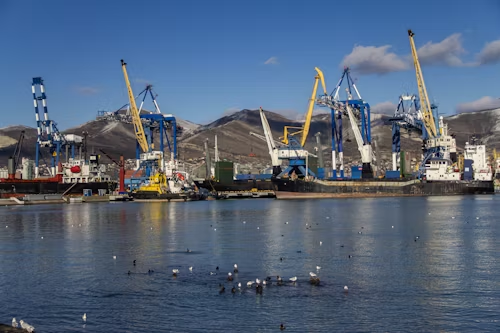
Kiewit Infrastructure West Co. has been awarded a $399.4 million contract to begin the first stage of the Port of Nome modification project, one of the largest infrastructure undertakings in Alaska’s western Arctic region.

The project, announced Aug. 15 by the U.S. Army Corps of Engineers – Alaska District, is designed to expand and deepen the port, allowing larger vessels to safely dock in Nome. The effort marks a major step toward improving maritime access in an area that relies heavily on shipping for supplies, fuel, and commerce.
The City of Nome is a co-sponsor of the initiative, which is being funded in part by the Infrastructure Investment and Jobs Act (IIJA), a sweeping 2021 federal infrastructure package.
Currently, Nome’s harbor is too shallow to accommodate deep-draft ships, limiting deliveries and requiring annual dredging just to maintain basic navigation. The original harbor was constructed in 1917 and has not kept pace with the region’s growing economic and logistical demands.
“A robust and efficient transportation hub at Nome is foundational to the long-term viability of surrounding communities in the region,” said Col. Jeffrey Palazzini, commander of the USACE Alaska District. “We are committed to assisting the City of Nome by providing a reliable solution that improves the port’s navigation efficiency.”
Under Phase 1A, Kiewit will construct a 1,200-foot causeway extension and approximately 600 feet of new dock face, creating expanded berthing space for larger ships. This will be followed by Phase 2 dredging, which will deepen the deep-water and outer basins to minus 40 feet. Later phases will include additional basin dredging, infrastructure improvements, and safety upgrades.

Nome’s location makes it a vital supply hub for dozens of Alaska Native villages and communities across the Seward Peninsula and Bering Strait region. With no connection to Alaska’s road system, residents depend on maritime shipments for food, building materials, and fuel. The expanded harbor will reduce shipping costs, improve delivery schedules, and provide safer docking conditions during the short Arctic navigation season.
The project is also viewed as a cornerstone for Arctic security and research. Melting sea ice has opened new shipping routes in the Arctic Ocean, making Nome one of the few U.S. ports capable of serving vessels navigating the increasingly busy Northern Sea Route. The port’s expansion will also support U.S. Coast Guard operations, military readiness, and environmental response capabilities.
Beyond defense, the improved harbor is expected to bolster economic opportunities, including mineral exploration, fishing, and scientific research. Federal officials have also noted the role the port could play in emergency response and climate adaptation efforts as the Arctic continues to warm.
Construction on Phase 1A will mark the beginning of a multi-year effort to transform Nome into a modern deep-water port. Once complete, the expanded facility will be the first deep-draft port in the U.S. Arctic, placing it at the forefront of both national security strategy and regional economic development.
Originally reported by Julie Strupp in Construction Dive.